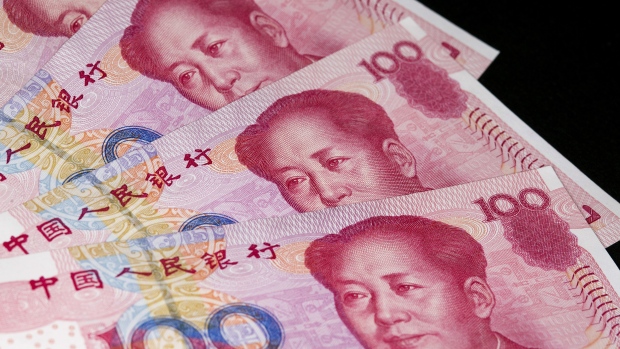Oct 16, 2018
China may have US$5.8T in hidden debt with ‘Titanic’ risks
, Bloomberg News

China’s local governments may have accumulated 40 trillion yuan (US$5.8 trillion) of off-balance sheet debt, or even more, suggesting further defaults are in store, according to S&P Global Ratings.
“The potential amount of debt is an iceberg with titanic credit risks,” S&P credit analysts led by Gloria Lu wrote in a report Tuesday. Much of the build-up relates to local government financing vehicles, which don’t necessarily mean local governments themselves are on the hook for paying off the obligations.
With the national economy slowing, and a Beijing-set quota for issuance of local-government bonds not being enough to fund infrastructure projects to support regional growth rates, authorities across the country have resorted to LGFVs to raise financing, according to S&P. That’s left LGFVs “walking a tightrope” between deleveraging and transforming their businesses into more typical state-owned enterprises, the S&P analysts said.
The continued focus on funding to sustain growth at the local level echoes a broader shift in the central government, which last year was focused on reducing leverage in the financial system. That phase is essentially over, thanks in part to an escalating trade war with the U.S., according to Citigroup Inc. analysts.
“The markets are right, in our view, to feel more concerned about the sustainability of China’s debt and the increased financial risks,” said Liu Li-Gang, chief China economist at Citigroup in Hong Kong. He also saw “renewed pressure” on the yuan.
